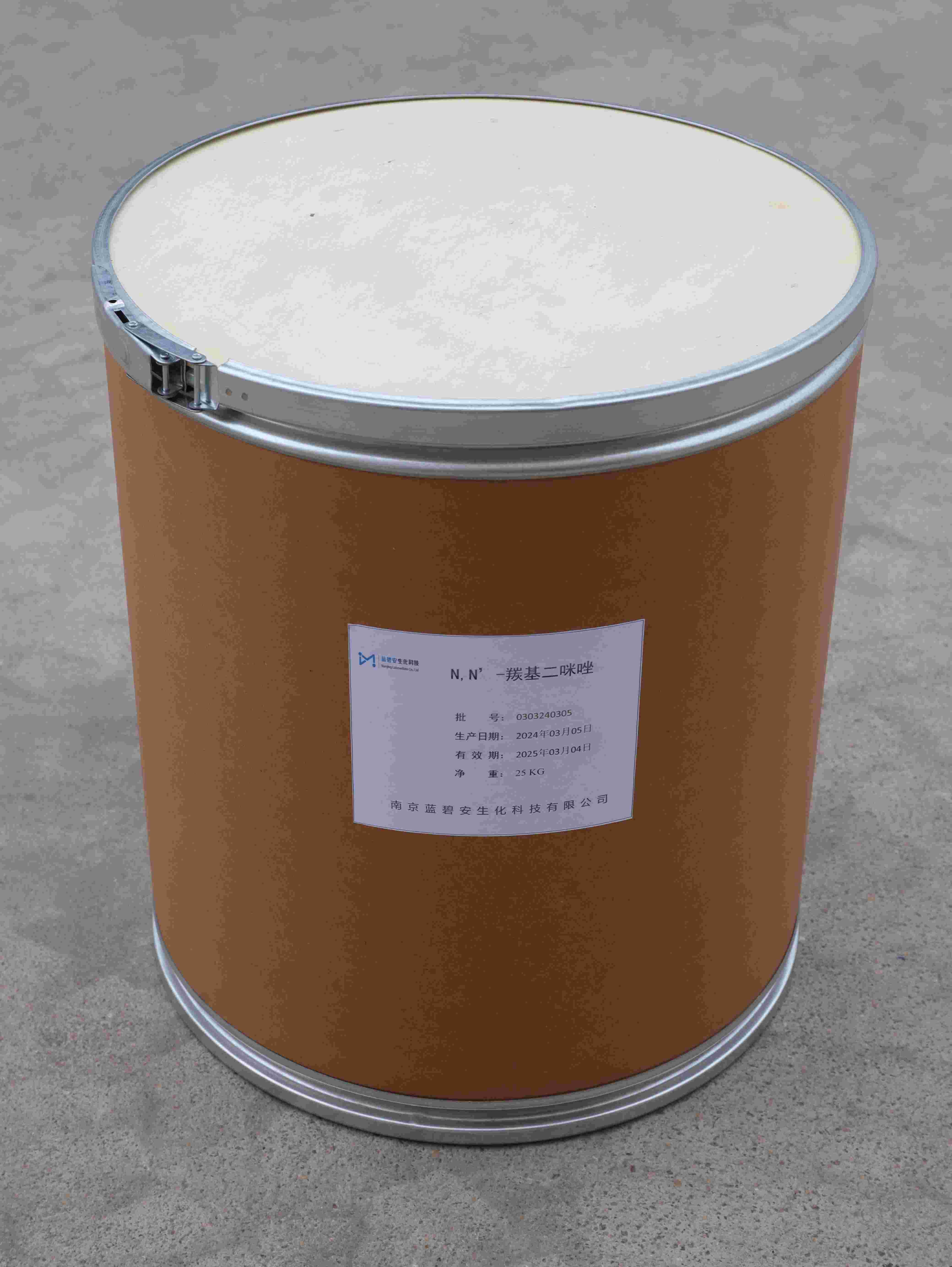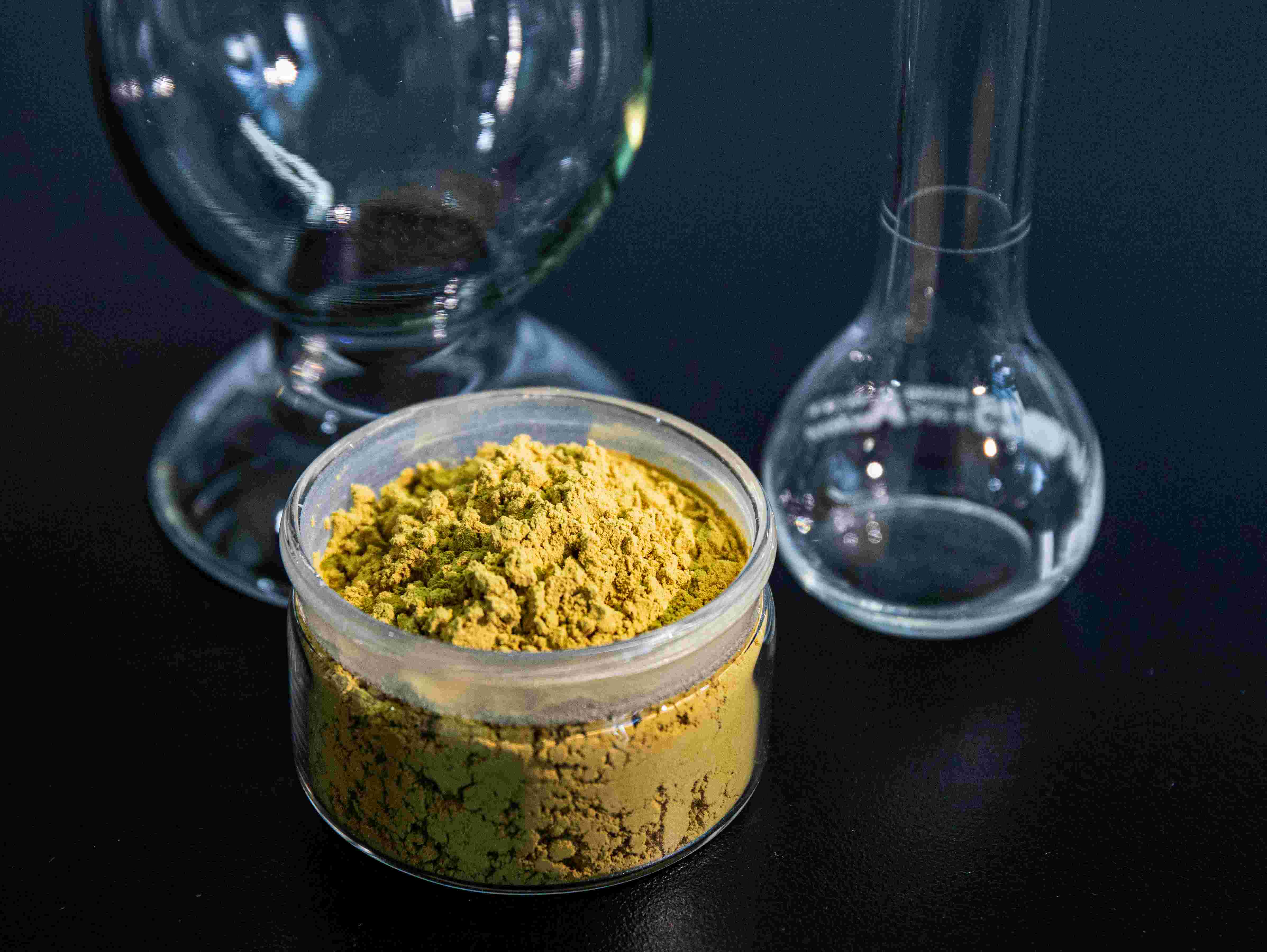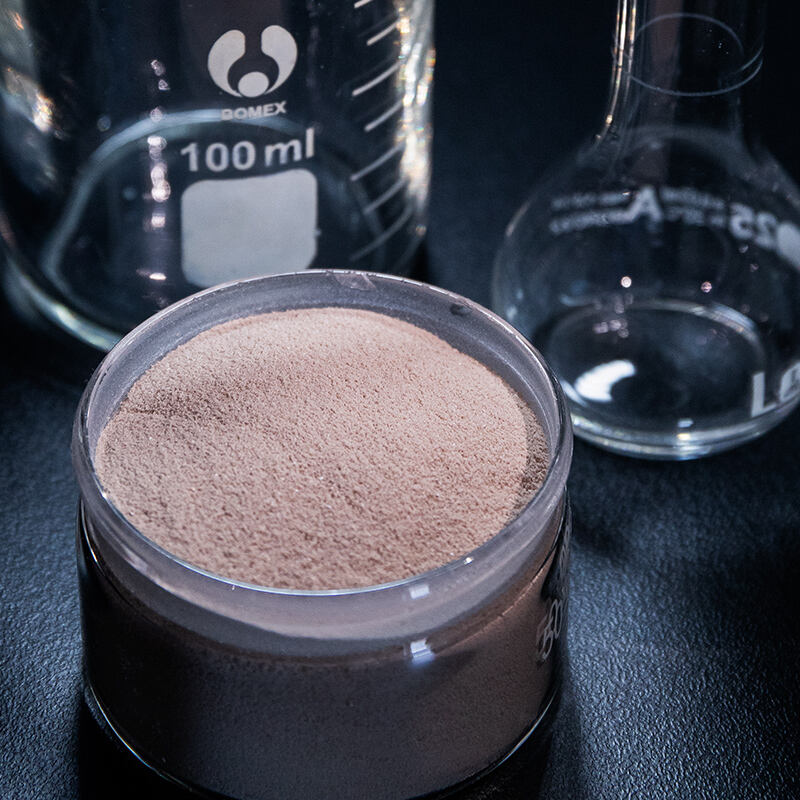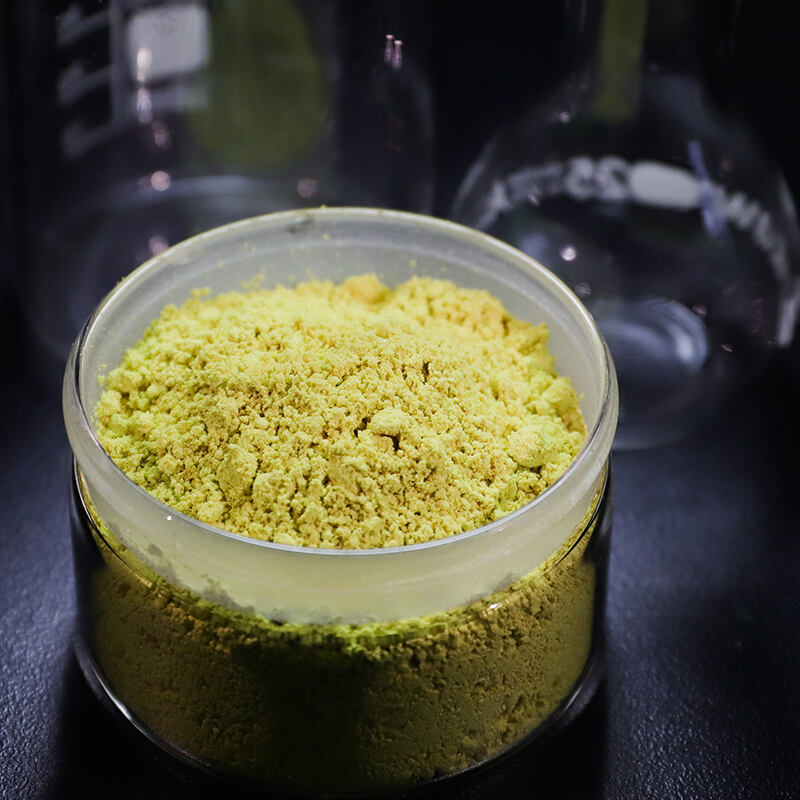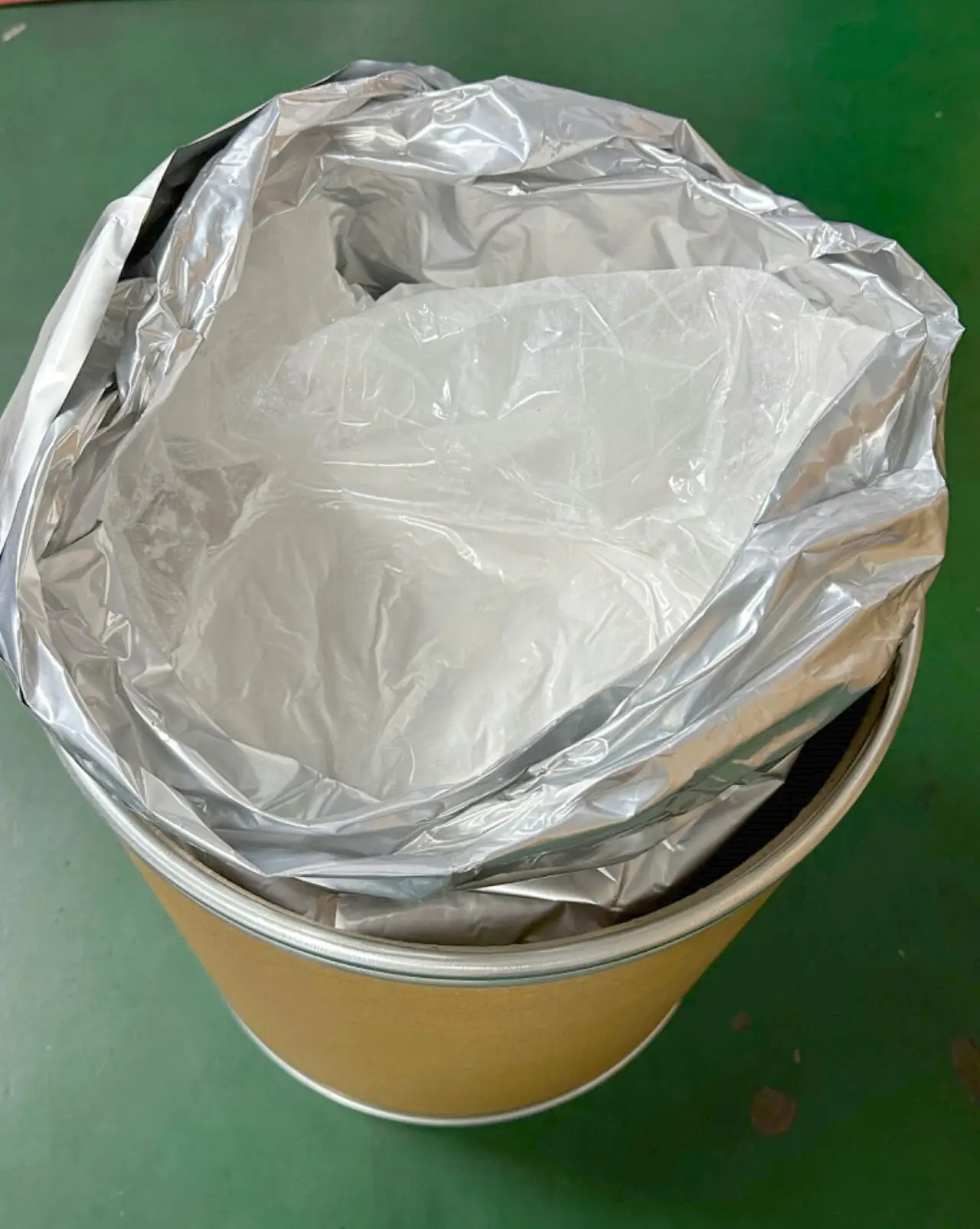emc curing behavior
EMC (Epoxy Molding Compound) curing behavior represents a critical process in electronic packaging and semiconductor manufacturing. This sophisticated chemical reaction involves the transformation of liquid or powder EMC into a solid, protective encapsulation through carefully controlled temperature and pressure conditions. The curing process typically progresses through three distinct stages: gelation, vitrification, and complete cross-linking. During gelation, the EMC begins to solidify, forming an initial network structure. The vitrification phase marks the transition to a glass-like state, while the final cross-linking ensures optimal mechanical and electrical properties. Modern EMC curing systems incorporate advanced monitoring technologies to ensure precise control over cure kinetics, temperature profiles, and pressure parameters. These systems often feature real-time analysis capabilities that track the degree of cure, helping manufacturers maintain consistent quality across production runs. The behavior of EMC during curing significantly influences the final product's reliability, affecting properties such as adhesion strength, moisture resistance, and thermal stability. This process is particularly crucial in applications ranging from integrated circuit packaging to automotive electronics, where environmental protection and long-term reliability are paramount.

